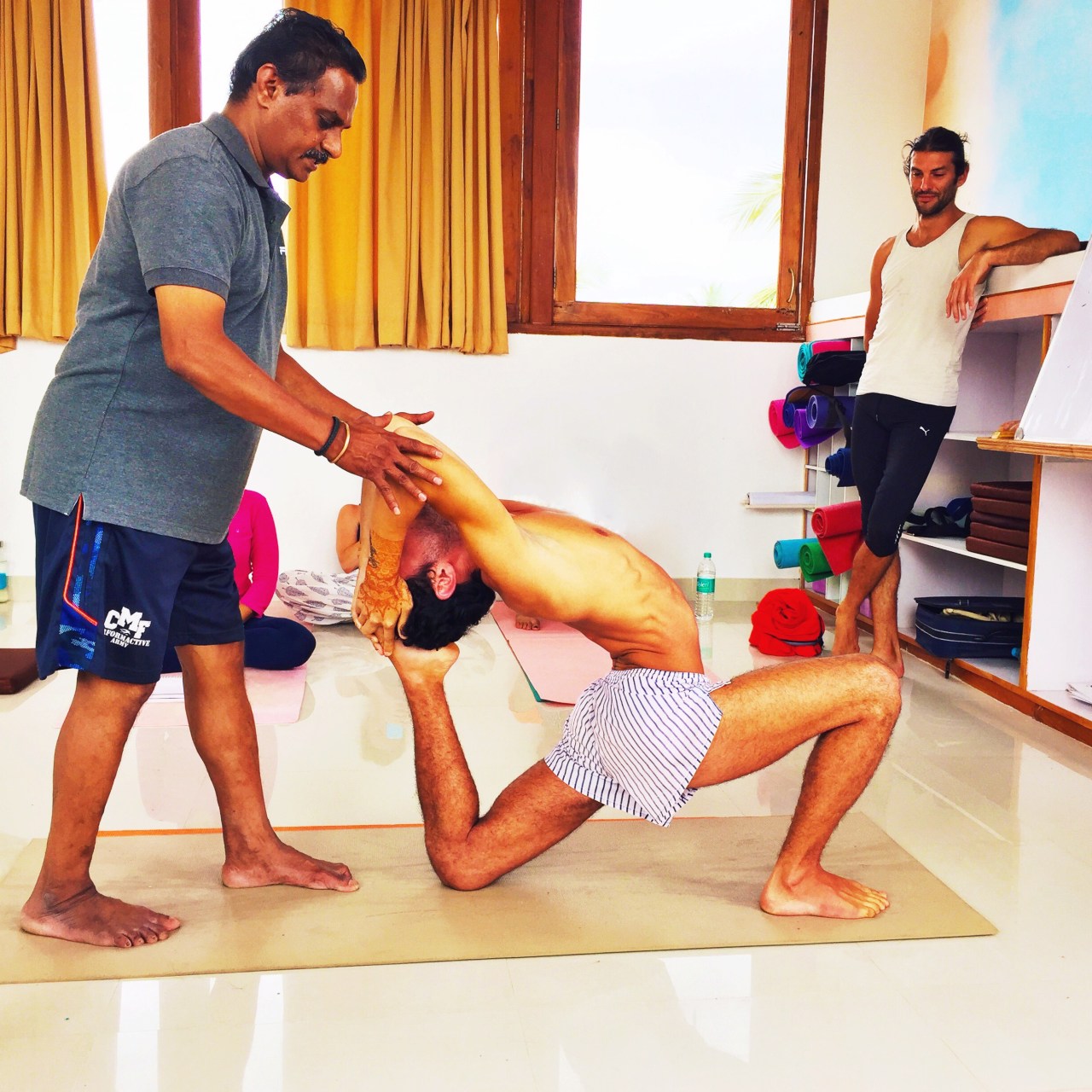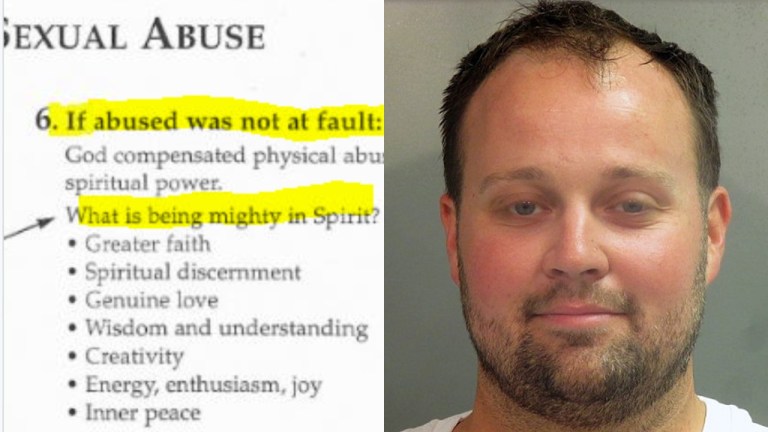All The Unqualified Yoga Teachers
I had assumed that anyone coming to India to attend a course with the goal to receive a teaching certification would themselves be dedicated yogis, coming with years of practice.
By ![]() Adrien Field
Adrien Field


I am in India for a month-long, 200-hour teacher training program. Since the beginning of the month, I have been awaking at 5AM for morning practice, attending classes on adjustments and practicing again in the afternoon. There is little time for eating and sleeping, let alone anything else. It is something of a crash course combined with a boot camp, and still by the month’s end, I don’t think I will feel equipped to teach others.
I have been practicing yoga for half my life and my desire to attend a teacher’s training course was two-fold: firstly to deepen my personal practice, and secondly to share with others that which has brought my so much well being.
I hadn’t given much thought into what type of formation a yoga teacher undergoes. I myself have had only a few teachers throughout my decade-plus of practice, preferring first to learn via video then continue instruction on my own.
Before coming to this program, I hadn’t realized that I was already in an advanced state of practice. Since I rarely went to a studio, I did not have a barometer to compare myself to anyone else. I only measured myself against what I could do the day before.
So I was surprised to find that out of the 24 students who had travelled from all corners of the globe to attend this course, I was the most advanced. I had assumed that anyone coming to India to attend a course with the goal to receive a teaching certification would themselves be dedicated yogis, coming with years of practice.
Some had arrived with only a few months of yoga practice. Some had never practiced this particular style prior and struggled with even the most basic postures. For them, 200 hours would not be nearly enough to achieve a competent level as a teacher. Some were already yoga teachers back home but could not properly hold a downward facing dog.
For me, all had come with devotion and practice. I had not studied theory, or taken lessons from a teacher. I had simply been a sincere student of yoga, practicing at home four or five times a week.
But one’s own mastery of yoga counts little to receive a Yoga Alliance certification. To pass this teacher certification exam, one must teach a forty minute class and then pass a written examination. Students must have some basic knowledge of asana names in Sanskirt, as well as a smattering of yoga philosophy and anatomy. Only a 60% score is needed to pass. Hypothetically, with this certificate, one can teacher anywhere in the world.
It seems to me a low bar to qualify someone as a yoga teacher. In the way that one cannot teach piano or tennis or ballet without first having attained a certain mastery of the subject from a lifetime of practice, one should seemingly not be able to teach yoga without having committed to many years of study.
One can practice yoga at any level and certainly teachers are needed for the most beginner students as well as the more advanced. Most students will have neither the time nor the interest to dive deeply into their yoga practice, and for them, the casual teacher who remains even just one step ahead is fine. Those who become devoted to the practice will seek out on their own competent teachers whose reputation and years of practice precede them.
But the more people who become yoga teachers, filling every Lululemon store and Bally Fitness Gym, the more banal the practice becomes, little more than a trendy aerobics routine. On one hand – the more people practicing yoga, certainly the better. But the more people teaching? That might not be so great. ![]()




